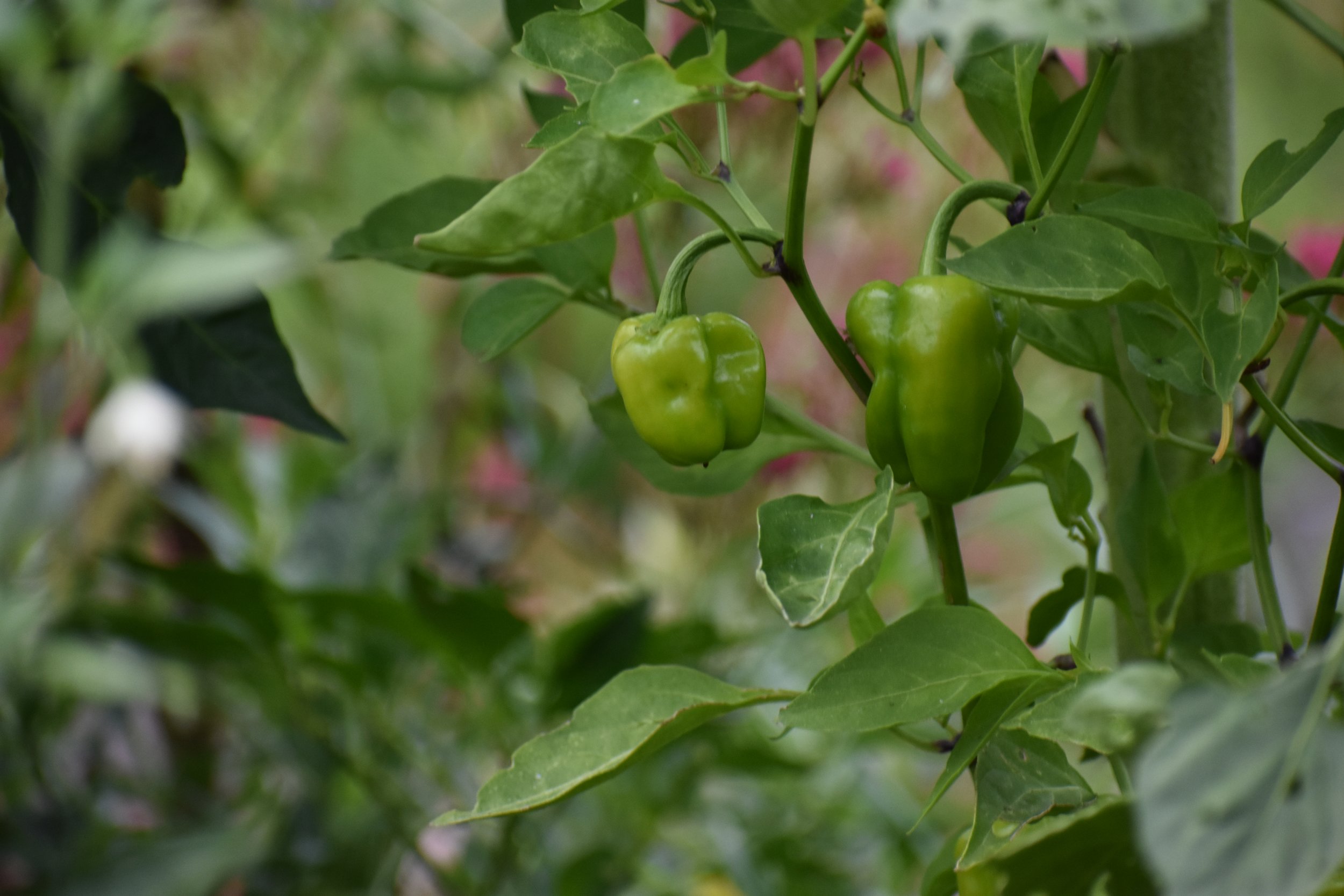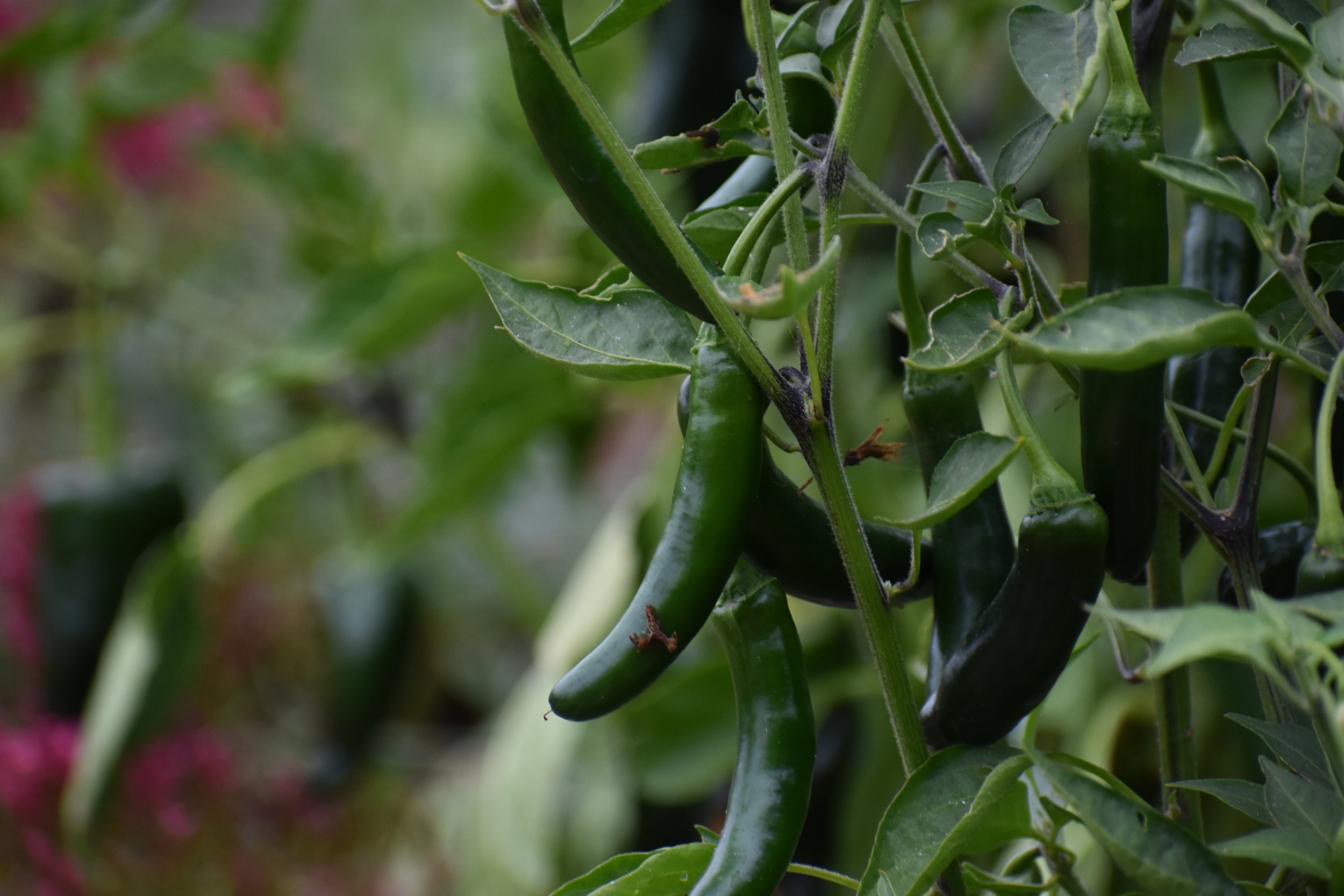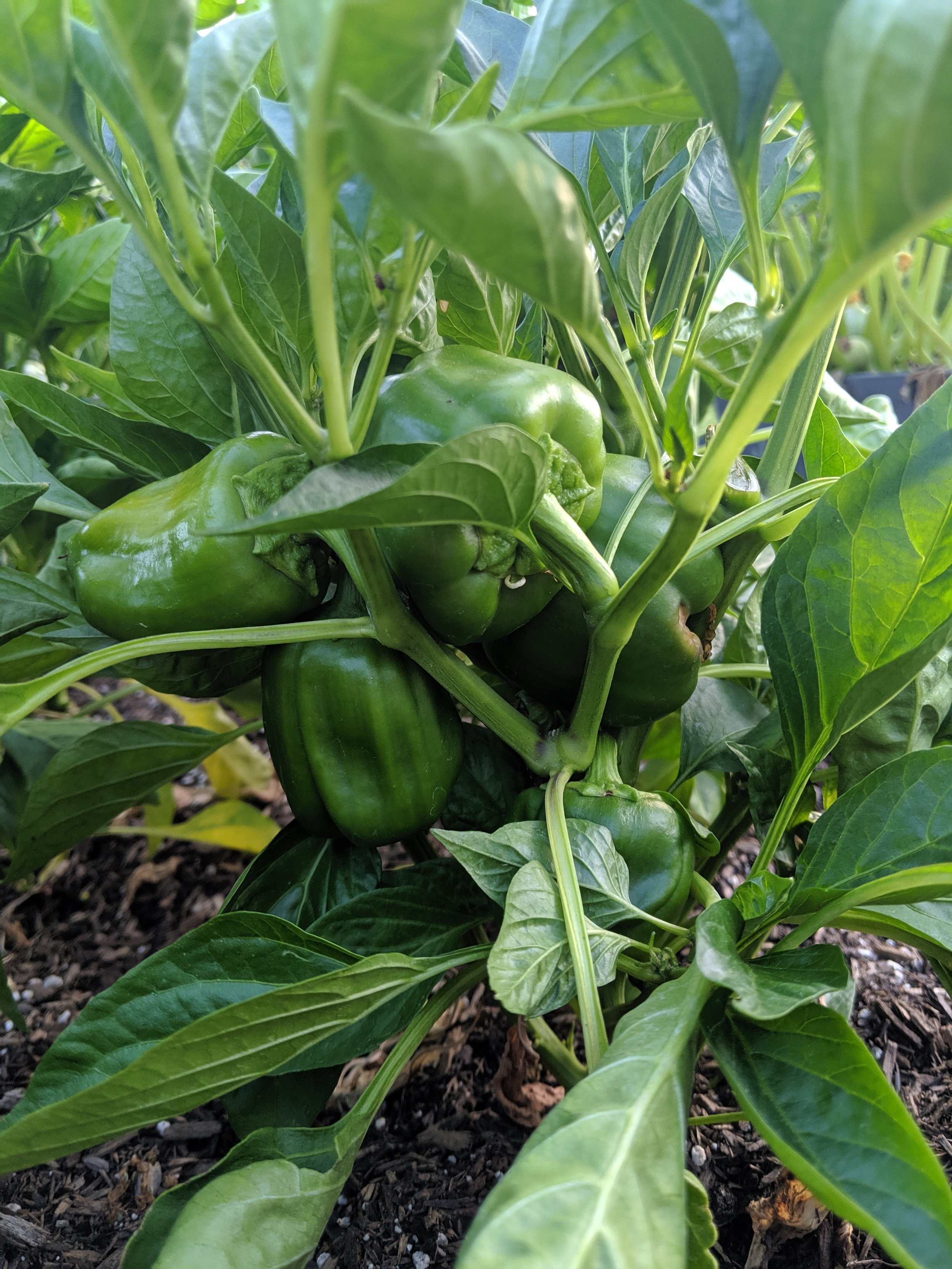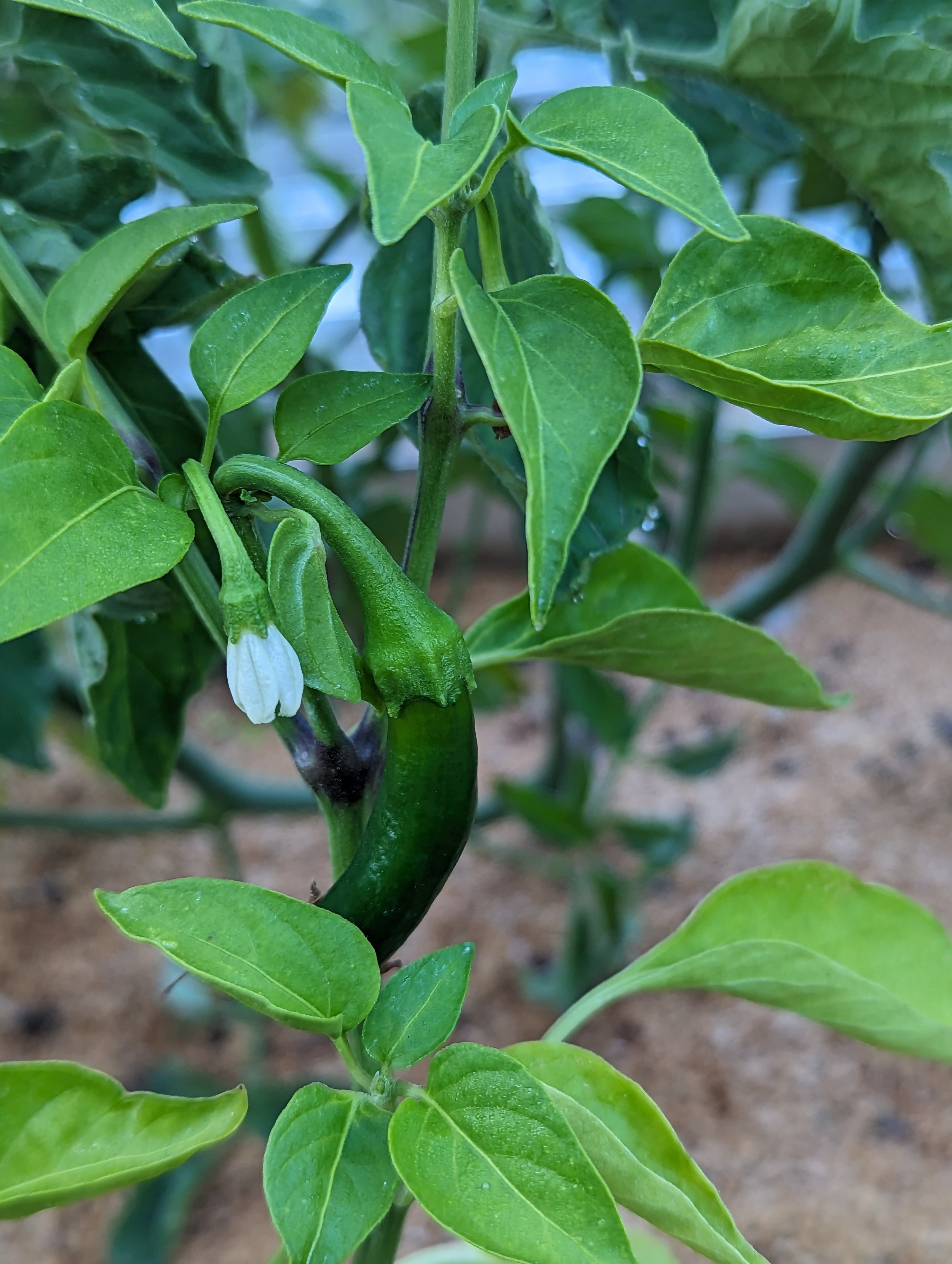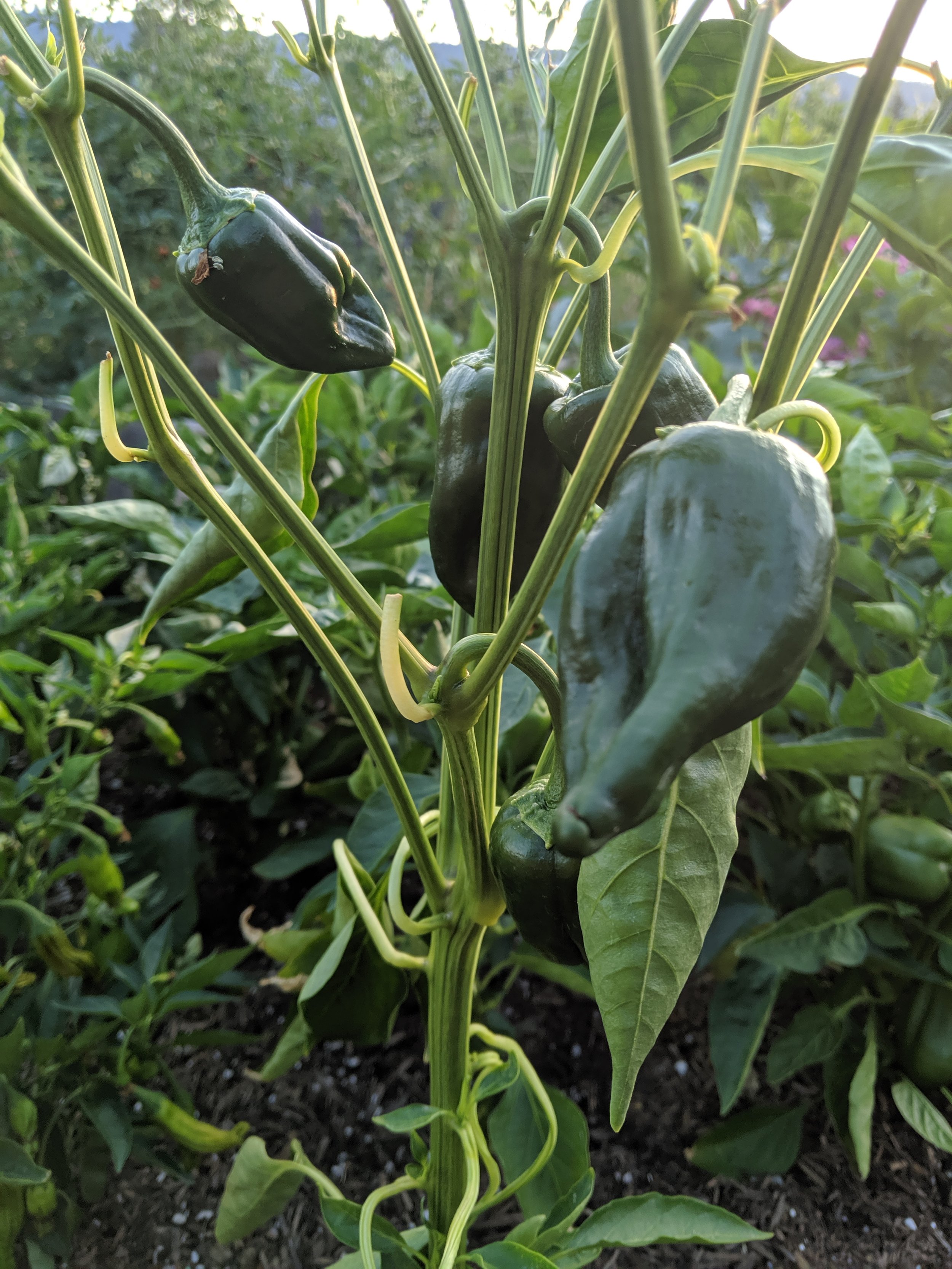The Secret to Successfully Growing Hot Peppers in the Bay Area
Spicing Up Your Garden with Hot Peppers in the Bay Area
Growing hot peppers in the Bay Area is a rewarding endeavor that combines the thrill of gardening with the joy of cooking. Despite the region's unique microclimates, with the right strategies, your garden can flourish, producing vibrant and spicy peppers. This guide will walk you through choosing the best varieties for our climate, optimizing your planting location, and providing your peppers with the care they need to thrive.
Understanding the Bay Area Climate for Pepper Growth
The Bay Area's diverse weather patterns are a blessing for gardeners looking to grow a variety of hot pepper plants. Our mild, wet winters and dry summers provide ideal growing conditions, particularly if you choose your planting site wisely. Opt for locations that receive ample afternoon sunlight to compensate for cool, foggy mornings, which can slow down pepper growth. By understanding and leveraging our unique climate, you can cultivate a pepper garden that’s both bountiful and beautiful.
Selecting the Right Pepper Varieties for the Bay Area
Success in growing hot peppers in the Bay Area starts with selecting the right varieties. Varieties like 'Jalapeño', 'Serrano', and 'Thai' are excellent for our climate, offering a good balance between heat and flavor. For those in warmer microclimates, 'Habanero' and 'Ghost Pepper' might thrive, adding extreme spice and vibrant color to your garden. Choose varieties that mature within our growing season and are known for their resilience to fluctuating temperatures.
Prime Location and Soil Preparation: Setting the Stage for Success
Choosing the right spot in your garden is crucial. Hot peppers demand a minimum of six hours of direct sunlight per day. They also require well-draining soil to prevent waterlogged roots. Enhance your native soil by integrating compost and a balanced, slow-release fertilizer to nourish your peppers throughout the growing season. Properly preparing your soil not only supports the health of your plants but also improves the quality and flavor of your peppers.
Watering and Feeding: Essential Care for Flourishing Peppers
Watering your hot peppers adequately is essential to prevent stress and promote healthy growth. Employ a drip irrigation system to deliver water directly to the roots, where it’s needed most. This method conserves water and helps prevent diseases associated with moisture on the leaves. When it comes to feeding, peppers are relatively low-maintenance. A light application of a phosphorus-rich fertilizer can encourage more robust fruit development without overwhelming the plants with excess nitrogen.
Pest Management and Disease Prevention: Protecting Your Peppers
Keep your pepper plants healthy by actively managing pests and diseases. Use organic insecticides or introduce beneficial insects like ladybugs to control aphid populations. Regularly inspect your plants for signs of distress and implement crop rotation yearly to minimize disease carryover. By staying vigilant and proactive, you can keep common issues like leaf spot and bacterial wilt at bay.
Harvesting and Utilizing Your Hot Peppers
The perfect time to harvest your peppers is when they've reached their full color—this is when their flavors are most potent. Use garden shears to cut the peppers, leaving a small portion of the stem attached to reduce damage to the plant. Whether you're making homemade hot sauce or spicing up your meals, freshly picked hot peppers from your Bay Area garden will enhance any dish.
Enjoy the Fiery Fruits of Your Labor
Growing hot peppers in the Bay Area is not just about adding heat to your dishes—it’s about enjoying the process of nurturing your garden and reaping the rewards. With patience and care, your garden will become a vibrant testament to the flavors that you can cultivate right in your own backyard. Start your hot pepper journey today and spice up your culinary creations with homegrown success!

